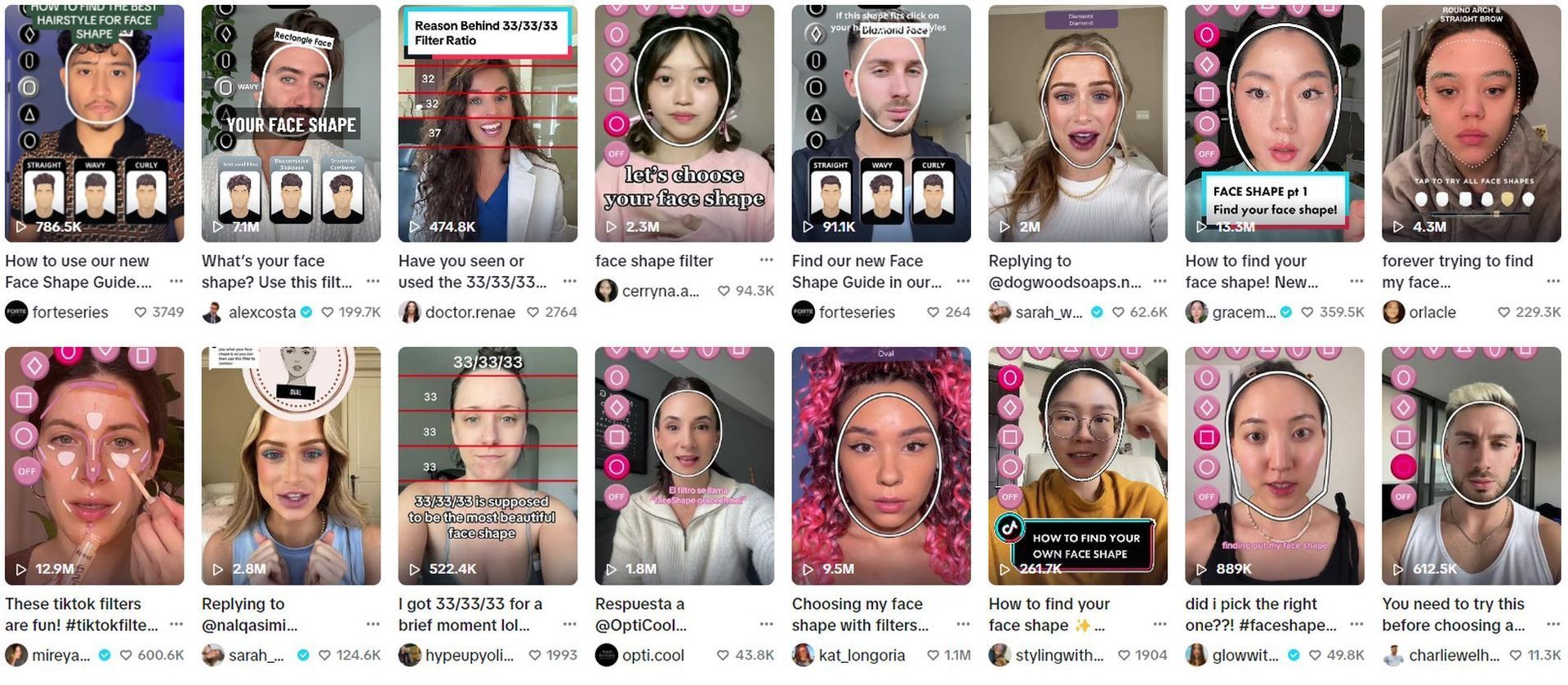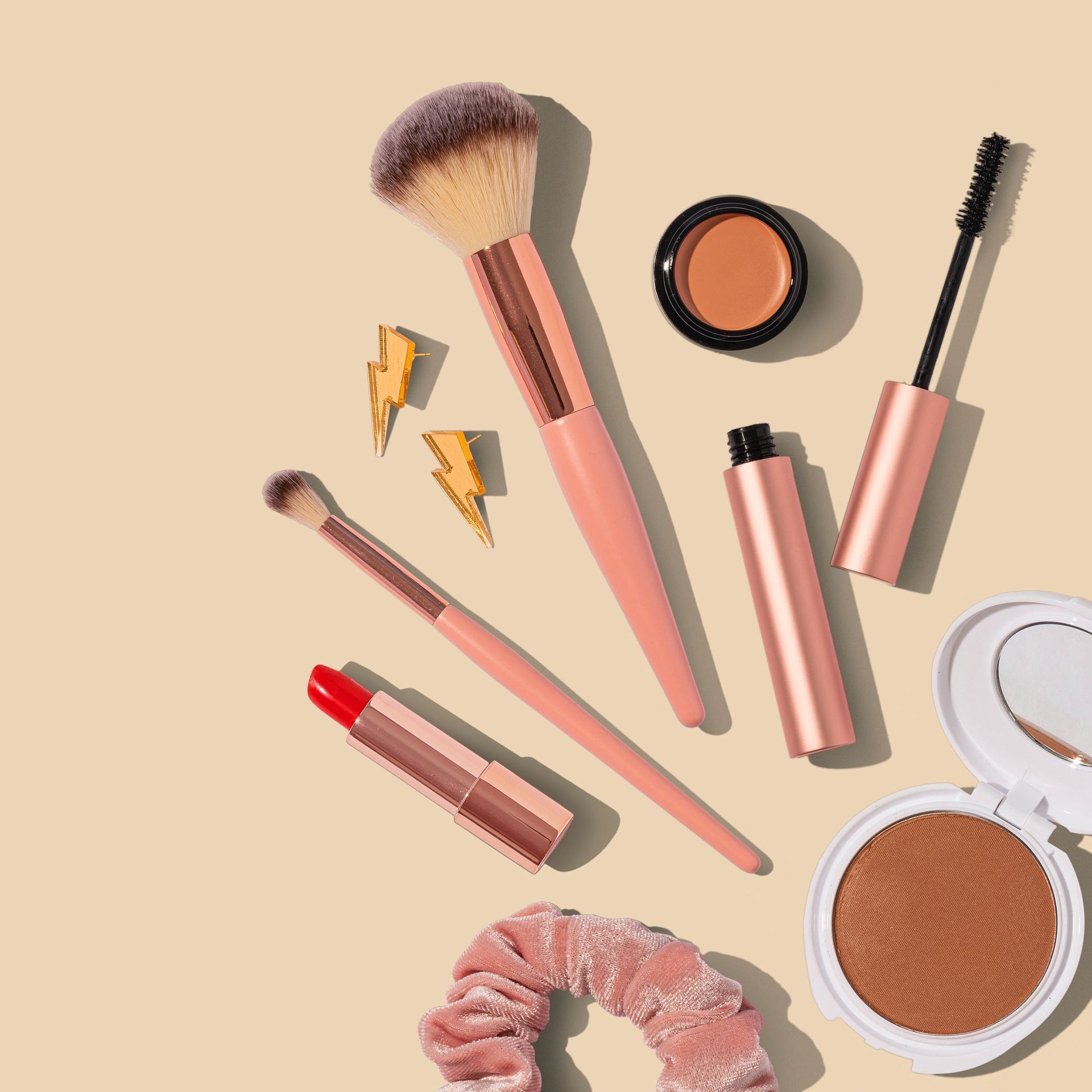TikTok is filled with wild ideas, ranging from the ingenious to the eyebrow-raising. Among the latest trends is the TikTok face shape filter designed to revolutionize contouring. Created by @gracemchoi, this filter employs the principles of the “golden ratio” to map out the ideal contouring points based on individual face shapes. But does it live up to the hype?
In this exploration, we delve into the efficacy of this viral filter. Rather than adhering to conventional contouring techniques, the filter advocates for a higher application on the cheekbones, contrary to the typical hollow-of-the-cheeks approach. This unconventional suggestion piqued the interest of many users, given how novel and innovative it could be.
@gracemchoi How to find your face shape! New filter and series on how to find your face shape as well as makeup and hairstyles guides for each face shape. #faceshape #faceshapefilter #faceshape #faceshapeanalysis #beauty
So let’s check out the TikTok face shape filter and compare its reality to the expectations.
What exactly is the TikTok face shape filter?
There are various trends that users find incredible use or interest in on TikTok. This time, the TikTok face shape filter played a pivotal role in determining the application of the liquid bronzer. On one side, the application followed the filter’s guidance, while the other side adhered to the customary technique. Success was determined by the filter’s capacity to enhance facial features and contours.

How to use the TikTok face shape filter?
The filter itself, when activated, overlays lines and shapes on the face, demarcating where to apply the product. Blue triangles indicate the contouring area, while a line along the nose provides the ideal highlight placement. This dynamic feature ensures proportionality throughout the application.
For contouring, Glossier’s solar paint was chosen by some users, which is a cream-based product recognized for its smooth blending and understated shimmer. The doe-foot wand applicator provided exactness, harmonizing with Morphe’s A22 blush brush. This brush achieved an ideal synergy of blending proficiency and precise application.
Applying the contour as per the TikTok filter’s recommendation initially seemed unusual due to its higher placement. Considering naturally prominent cheekbones, there were concerns that this method might emphasize fullness rather than achieving the intended shadowing effect. Nonetheless, the provided guidelines were followed, while on the opposite cheek, contouring was applied using the customary technique.

The outcome showed that the TikTok method placed the contour notably higher, almost reaching the area where blush would typically be applied. Contrary to expectations, the comparison between the two methods resulted in only a subtle lift on the TikTok side. This suggests that the filter’s formula may not universally deliver transformative results, possibly due to the distinct structure of different facial shapes.
Contouring and highlighting, fundamentally, involve manipulating light and shadows to accentuate natural features. Focusing on the tops of the cheeks, as advocated by the filter, seemed to defy this principle, emphasizing an area that wouldn’t naturally cast a shadow. Nonetheless, it’s worth noting that others have reported considerable success with this method, achieving a more pronounced lift.

In conclusion, while the TikTok face shape filter presented an intriguing departure from conventional techniques, it didn’t prompt a paradigm shift in many users’ contouring routines. This experiment reinforced the understanding that facial shapes and proportions are diverse, and what works for one may not work for all. For those considering the brow version of the filter, it’s prudent to be prepared for varying outcomes.
Meanwhile, if you spend a lot of time on TikTok, you might also wish to check out how the school shooter TikTok influencer went viral on the platform.
Featured image credit: Solen Feyissa / Unsplash





